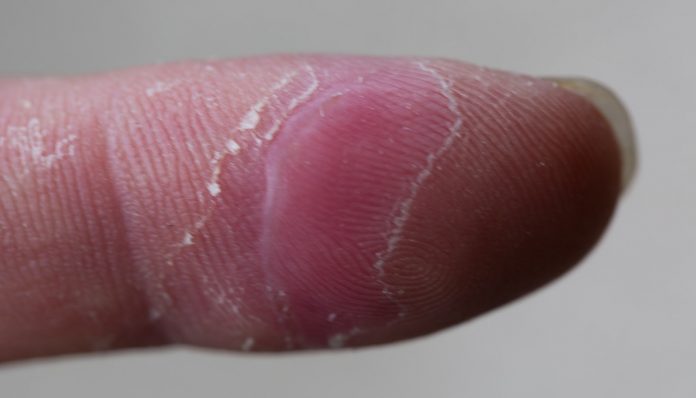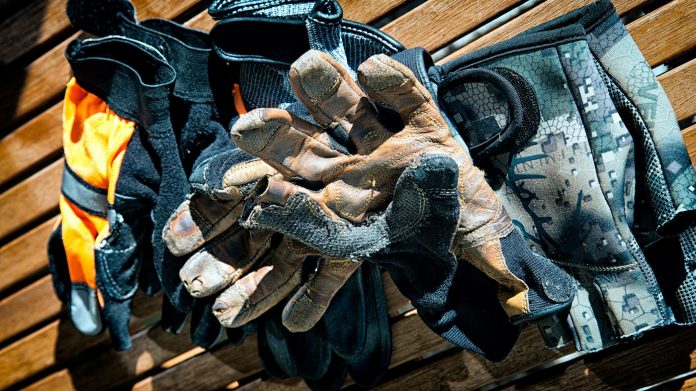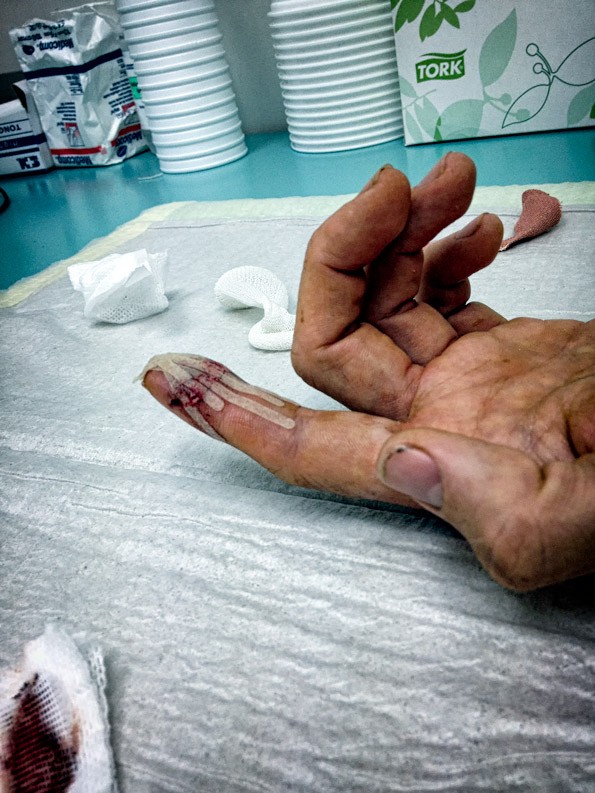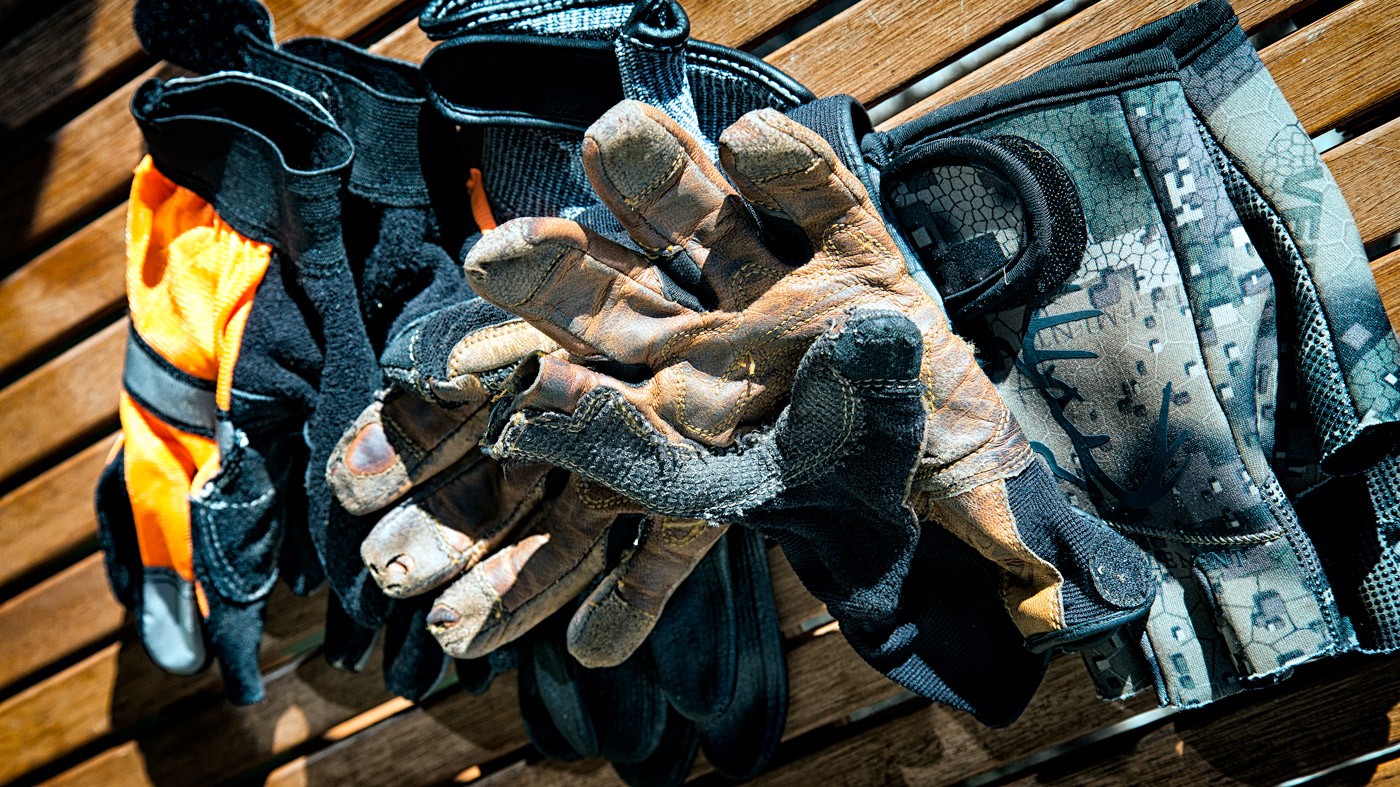Well the roar is nearly upon us, so I reckon it’s a good time to bang the drum for safety again, but this time I want to share a few ideas that expand on the tired old refrain of ‘always positively identify your target beyond all doubt’. It is a true enough statement, but what does it really mean to us as hunters? We may have positively identified the target in our minds at the time, sure, but what have we identified it as? Every year someone gets misidentified as a deer or some other target animal and ends up shot. You may even have correctly identified the target as a deer, but can you see all of it and its surroundings and are you 100% sure that a person is not nearby? All you can see is an ear, part of the antler and its shoulder. What you don’t know and can’t see is that it has been shot already and the hunter that did so is sitting behind it having a rest and a drink.
Human Factors
In my day job I am an airline pilot. Every year around the world there are accidents in aviation, and there are the investigators whose job it is to sift through the evidence and wreckage to work out what went wrong, with the ultimate goal in mind of educating the rest of us and if necessary implementing changes to lessen the likelihood of that event repeating itself. We work in a ‘no-blame’ culture, which means that unless the accident was a result of gross negligence, the people involved are not locked up or hung out to dry. It also means that were a pilot to have a close call, he or she may report that incident without fear of retribution or judgement, and to have it analysed and shared with his or her peers so that they also may learn from it. It is this culture that I’d like to bring into the hunting world, so that we all may benefit and learn from our experiences, good or bad, with the end result of increasing safety and decreasing the amount of avoidable deaths and injuries we unfortunately see every year.
A large amount of aviation accidents are attributable to human factors in some way or other. Human factors is a topic that is applicable to us all because we are human, and we all fail or have shortcomings in many areas, simply because we aren’t perfect. Our bodies and senses and psychology play tricks on our brains and cause us to do things in the heat of the moment that we often kick ourselves for in hindsight. Human factors have a vast array of subtopics and there are some that I think are important to us as hunters to keep in the forefront of our minds. This is hard to do when the adrenaline is flowing, and I’m sure we’ve all experienced this at some point, nevertheless we must do our best. I would like to share some of these with you, and if this gets you thinking and you come up with some others as well, that’s awesome.
A lesson learnt
First I’d like to start with a recent close call that happened to me. A few months ago I was on a spring hunt with a friend on a block of the North Island that had a good number of deer on it. My friend was my guide as it was his access rights, and on the first night he suggested we go to an area he thought would yield a few deer. The plan was to drive along the tracks in the truck until we saw deer, then jump out and load guns and take a shot. However due to the not so subtle nature of this tactic, the deer would only give us a few seconds before taking off and I couldn’t get a decent shot. We decided to walk a bit and poke our noses over some ridges in a quieter fashion. I heard him hiss “Oi” at me and looked over to see him gesturing urgently to me that he had spotted a deer below. I speed walked over, crouched down just behind him, chambered a round, and instantly the gun jerked in my hands and there was an ear-splitting BOOM!! Time froze and so did I. I saw my buddy flat on his back holding his ear in agony. My first thought was an expletive, ‘It’s happened to me, I’ve shot my buddy!’. Then I saw where the gun was pointing, in a safe direction to the side at a bank of dirt, then looked back at him and saw no blood, and realised with great relief as he got up rubbing his ear that it was just the concussion of the .308’s muzzle blast about a meter away that had knocked him over. I was wearing ear plugs so I was fine, but unfortunately he wasn’t wearing ear protection so he had a deaf ear for the next day or two, a fact that he reminded me of more than a few times over the rest of the trip! So what went wrong? I had allowed myself to fall foul of the old foe, buck fever. I was getting excited to shoot a deer, frustrated at all the missed opportunities, and while chambering the round holding the gun at a sideways angle, my pinky was poking out just enough to nick the trigger and fire the round. After returning home and pondering this incident and others I have heard of, I decided I wanted to write this article.
Others have not been so lucky. Lower Hutt teacher Rosemary Ives shot while brushing her teeth by illegal spot lighters in National Park. A firearms instructor mistook fellow hunter Cameron McDonald’s blaze beanie for a deer. Max Verschuuren was shot and nearly fatally wounded across his back, mistaken by a member of his own party for a deer after he’d just shot a deer and gone to retrieve it. Samuel Long shot by his father, after he’d spent a considerable amount of time trying to identify his target. The list goes on. None of those who pulled the trigger did so intentionally to take another human life however. In fact all of them believed 100% and swore under oath that they had correctly identified the target. Some of them may have been negligent in some respects, but not necessarily criminals. All of them would move heaven and earth to turn back time and do things differently. I don’t believe the answer is punishment and harsher penalties, because that does not prevent unintentional incidents. Education is a far better course of action, which is the aim of this article. How in all of these accidents did the shooter manage to get it so wrong? Surely it should have been so obvious! How the heck does a human look like a deer? These are all questions posed by the media and others who weren’t there that day, experiencing all the factors that were in play at the precise moment the trigger was pulled. Emotion and vilification run high after such accidents, but let us not be too hasty to throw stones, as it could happen to us too.
Factors influencing our decisions
Let’s take a look at some human factors in the hunting world, in no particular order of importance, and how to combat them. These factors are usually present in some amount or number in an accident, and are often not taken into account when trying to disseminate the how and why. Some of the factors are enough to produce an accident even on their own, and they are extremely dangerous. All of them have the potential to produce the errors in judgement that lead to a fatal decision. The process of identifying your target is the final step before the trigger is pulled, but what leads up to that and sets the stage for that decision? What influences our brain to tell us ‘human or deer’?
- Buck fever and excitement, buddies egging each other on
- Being too hot or cold, sore, wet etc.
- Being tired and sleep deprived
- Being hungry or thirsty. Dehydration seriously impairs cognitive functions
- Time of the day/night. Poor lighting and shadows
- Inclement weather
- If you are used to living near sea level, then go for a hard trek up a high mountain after tahr, you’re likely to suffer from oxygen starvation to some degree which decreases your cognitive ability without you even noticing
- Age and experience of the hunter
- Medical soundness – hearing and/or vision impairment to some degree, even requiring glasses or hearing aids. These can fog up or malfunction
- Alcohol and drugs. Save the alcohol for after the hunt (I’d actually refuse to hunt with someone who’d just had a drink and was in charge of a firearm), recreational drugs are an obvious no-no, but what about prescription or over the counter drugs that impair your performance?
- Old injuries playing up and distracting you
- Desperation to get an animal, end of the trip and haven’t got anything yet
- Have you just had an argument with someone or going through some intense situation in your personal life that mentally distracts you?
- Confirmation Bias. The ability of the brain to fill in the gaps or discard what it thinks is ‘irrelevant’ information to tell you what you want to know or see, leading you to believe beyond all doubt that you have ‘correctly’ identified your target.
Imagine these factors lined up like dominoes as you stalk through the bush, just waiting to tip the scales one way or the other in a tragic alignment of the stars as you strain to listen and see. You know how to identify a deer, the colour, shape, and even smell. You have seen or shot deer in this very area before, or your friend has, so you have a high expectancy. You spot something and ask yourself, ‘Is it a deer’? What you have just done involves confirmation bias. We are all goal or success oriented in some way, at home or at work, especially when hunting because no one likes to go home empty handed. Your brain is straining to acquire enough pieces of the puzzle to tell you that it is a deer, because that is what you want to see. To try n hlp th prcess, it wl play alng wth the imginativ prt of yr brayn 2 gv u a seemngly cmplete stry tht isn’t necessrily th trth. You’ve just read that that sentence probably without too much difficulty because your brain has experiences that it draws on to fill in the gaps. That’s part of what makes us an intelligent species able to solve complex problems, but did you notice in the previous sentence to this one that the word ‘that’ appears twice in a row? So we also have fallibility in our intelligence, because there was something there that you missed! Your brain can also discard or gloss over potentially vital information if it considers it to be non-essential to the immediate task at hand. Congratulations if you picked it up though! Magicians play on this fact a lot because while you are concentrating on one hand, their other hand will actually be a few steps ahead setting up the next trick, but because you don’t know to look there, you miss it. The brain can actually only fully concentrate on one thing at a time, so if you are intently focusing on one point, you may miss some clues that could save you from catastrophe.
Was is actually what you thought?
Have you ever seen an object in the distance and sworn that it looked like a particular thing, only to realise as you got closer or changed angle that it was actually something completely different? A friend of mine told me about a hunt he was on when he put two rounds through a deer then walked closer to realise to his embarrassment that it was actually a log! He said he’d have put good money on it being a deer when he shot at it. How many of those hunters who killed someone could have possibly seen a different picture had they been a few steps in any other direction? A better question to ask yourself is a more neutral “what is it?” or even better “is it a human?”. Now your brain is searching for visual clues to match what it knows about the human form, and you have placed a check and balance towards erring on the side of caution, because you know you shouldn’t shoot at a human. Only once you have observed an animal in full view breathing and blinking and moving and know its gender and approximate age should you be certain that it is actually the animal you want to shoot, which is the rule about not firing at shape, sound, colour, or movement only.
When considering the colour as part of the identification, we must remember that poor lighting and shadows can give a distorted representation of reality. We all know the best time for seeing an animal is dawn and dusk. Not only that, but did you know that surrounding colours also warp your interpretation of the target’s actual colour? How about your MK1 eyeballs? Did you know that approximately 1 in 12 men and 1 in 200 women are colour vision deficient to some degree, but not necessarily fully colour-blind? This is what can make blaze orange appear like the dusky red colour of a deer in low light, but if you saw an actual deer next to it, you’d probably realise how wrong you were because you have comparative context. I was researching material for this article and found a great presentation on Youtube – a TED talk by Beau Lotto: Optical Illusions show how we see. He shows this exact phenomenon on stage with no computer tricks, just different colours and lighting, showing that it’s about context. It’s well worth a look, just search that title on Youtube. Also search for ‘Brain Games – Perspective’.
What does a deer sound like? I’m sure you have a pretty good idea what a stag roaring sounds like, in fact we do our best to imitate them with various implements including electronic callers that sound pretty darn close to the real thing. What if I told you that what you hear can actually affect what you see, and vice versa? You might see part of something, and hear a sound that leads you to assume that the other part you can’t see is in fact the other part of the picture. A case of this in action that we use nearly every day is lip reading. In noisy environments, most of us will look at the person’s lips to help us fill in the auditory gaps of what they’re saying to us. This is known as the McGurk effect. Take the accident that occurred when two hunters from separate parties were roaring, unaware that they were in fact roaring at each other. In this case the one who was accidentally shot in the chest was wearing a blaze orange top. Sound gives context to vision, and vision gives context to sound. Could this have been a factor in this case? Maybe we’ll never know, but it is a scientifically proven fact that your senses can influence each other, so be aware of that when you hear roaring or footsteps in the bush. You can also search this online and see the videos of this phenomenon for yourself. Is it possible for your brain to see a deer because you are hearing one, when in fact it is a human? I believe so. Add in a few shadows and poor light, excitement, and confirmation bias and you have a recipe for an accident.
Mitigating Risks
So how can we mitigate all of these risks? Well now you know what they are, knowledge is power! You have the power to plan to succeed or fail. The main event of the year for most hunters is the roar, which means that a lot of you will be planning to be out there to get those antlers you’ve been wanting to put on the wall. The first thing you might plan is where to go. Do you know how many other hunters will be in that area? Are they likely to be skilled and careful, or gung-ho cowboys? Who else will be in your party, what are their skills and limitations? Don’t push a less capable or less experienced person to do more than is safe for them, just to keep up with you. Make sure you plan and communicate with them at the beginning and during the hunt. If you split up on the block you are hunting, have radios so you can check on their whereabouts. Stop and have breaks for a drink and some food. Take adequate gear and clothing, as well as a first aid kit. We have all this technology available to us now to help us, GPS, ELB, compass, maps, etc. I would say a word of caution though not to rely on electronic technology as they can fail or batteries can go flat, especially fast in cold climates. This new gizmo called IRIS which bolts onto your firearm and beeps and flashes if you point at something wearing the special reflector – a helpful tool, but dangerous to totally rely on as it requires everyone in your area to wear the reflectors, plus it could fail being electronic. Tell a few people where you are going or leave a note in your vehicle saying where you are headed and what day/time you expect to be back. Make sure you are healthy and fit, and well rested. Leave the alcohol till after the hunt when you hang up the unloaded firearm for the night, and check your prescriptions or over the counter meds for possible impairment. If you partake of the whacky baccy or suchlike before a hunt, well you’re just a bloody idiot, and I hope to God I never come across any of those in the bush…
Buck Fever
What I’m getting at here is stacking the odds in your favour during your hunt. Remember your number one threat is buck fever and getting too excited and eager. Take a few steps back when you feel it coming on and remember to take your time, this is the danger zone once the adrenaline is pumping and your finger pops the safety and rests near the trigger. If you try to take a hurried snap shot, it’s no way near enough time to carefully consider the target and what’s behind it. Remember, it’s far better to have no meat, than no mate. Observe firearms safety rules at all times, and don’t get lazy or complacent. Know your limits, and those of your buddies, and keep them in mind at all times. Don’t ever hassle your mate for being cautious or for being too slow to shoot, that puts subconscious pressure on them to push the boundaries of safety. Hunting in the bush is far more risky than in open grassy areas, because the trees block light and cast shadows, and the lower foliage can present itself to look like parts of an animal. Plus your shooting range is far closer so generally the animals are more aware of you and likely to run off leading you to want to risk a snap shot.
Set the stage wisely
By the time you get to the stage of identifying your target, the stage has already been set, knowingly or unknowingly, for you to make that decision of the trigger pull. Set the stage wisely, and remove as many of the dominoes as you possibly can. Challenge and question what your brain and senses are telling you, because we know they can deceive us sometimes. Remember that accidents can and do happen to anyone, even those who are highly trained and experienced – no one is immune. You may shoot a few less animals, but those you do shoot can be celebrated in good conscience that you did everything right.
Stay safe out there this season, your family and friends and those of other hunters and outdoors people are counting on it.
Joseph

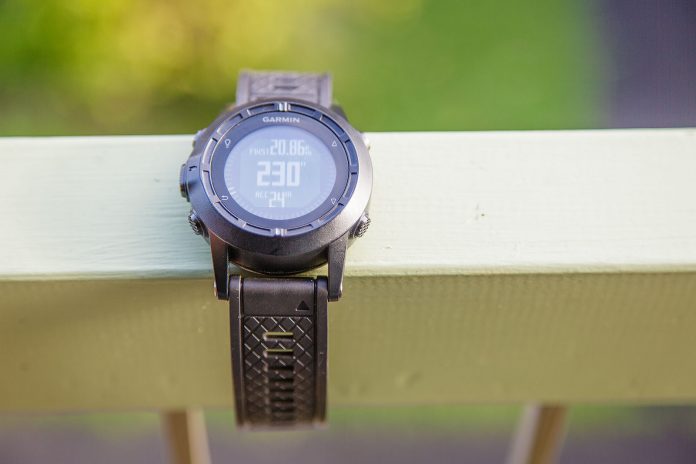
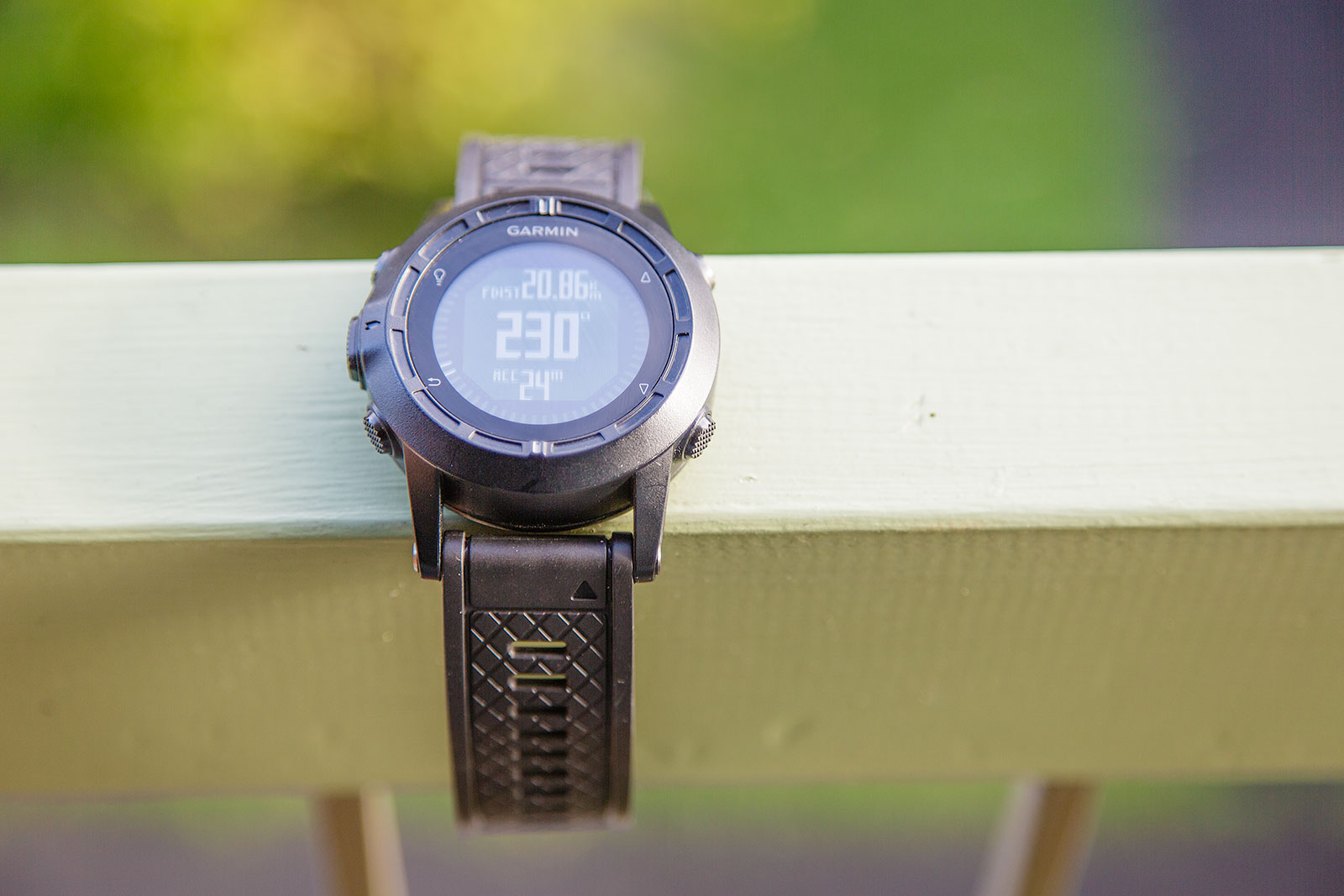

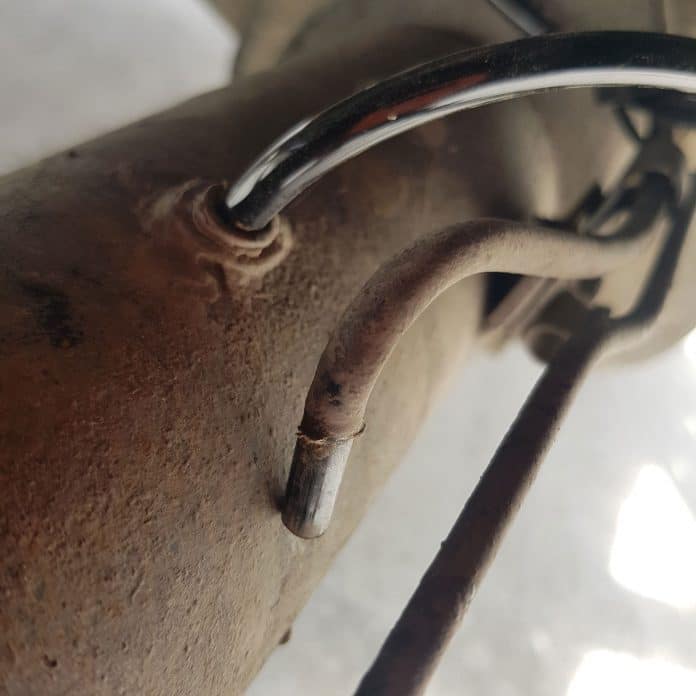
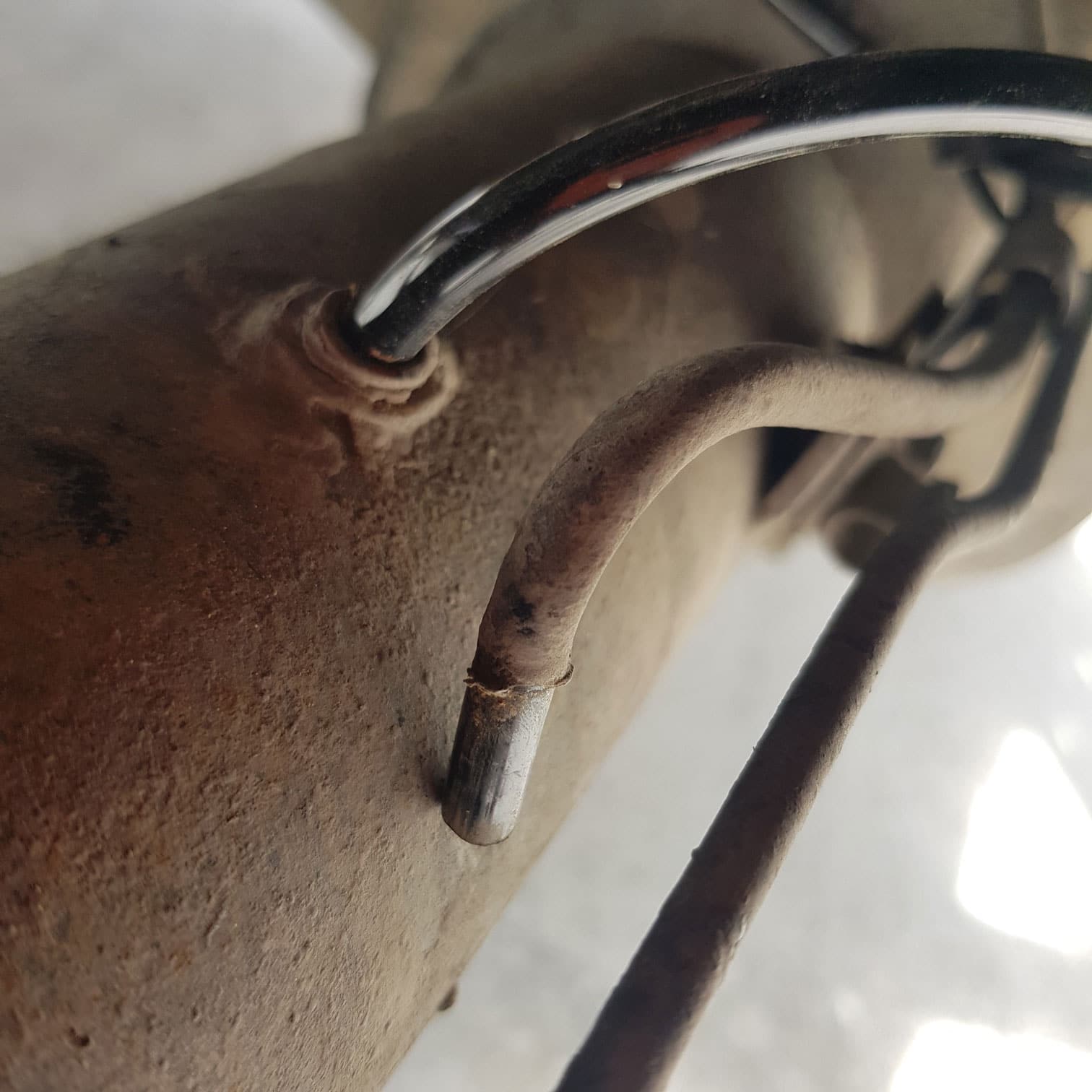
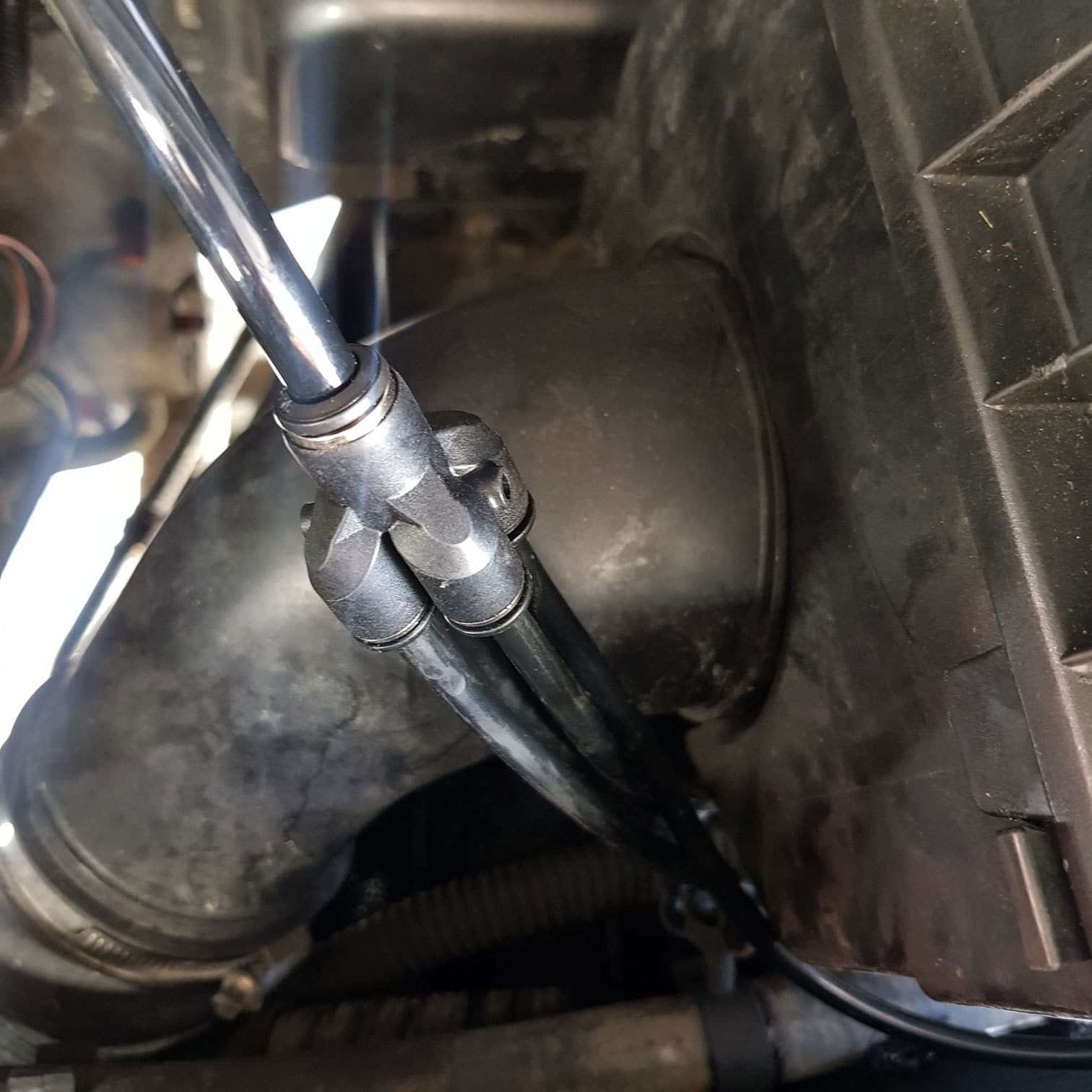
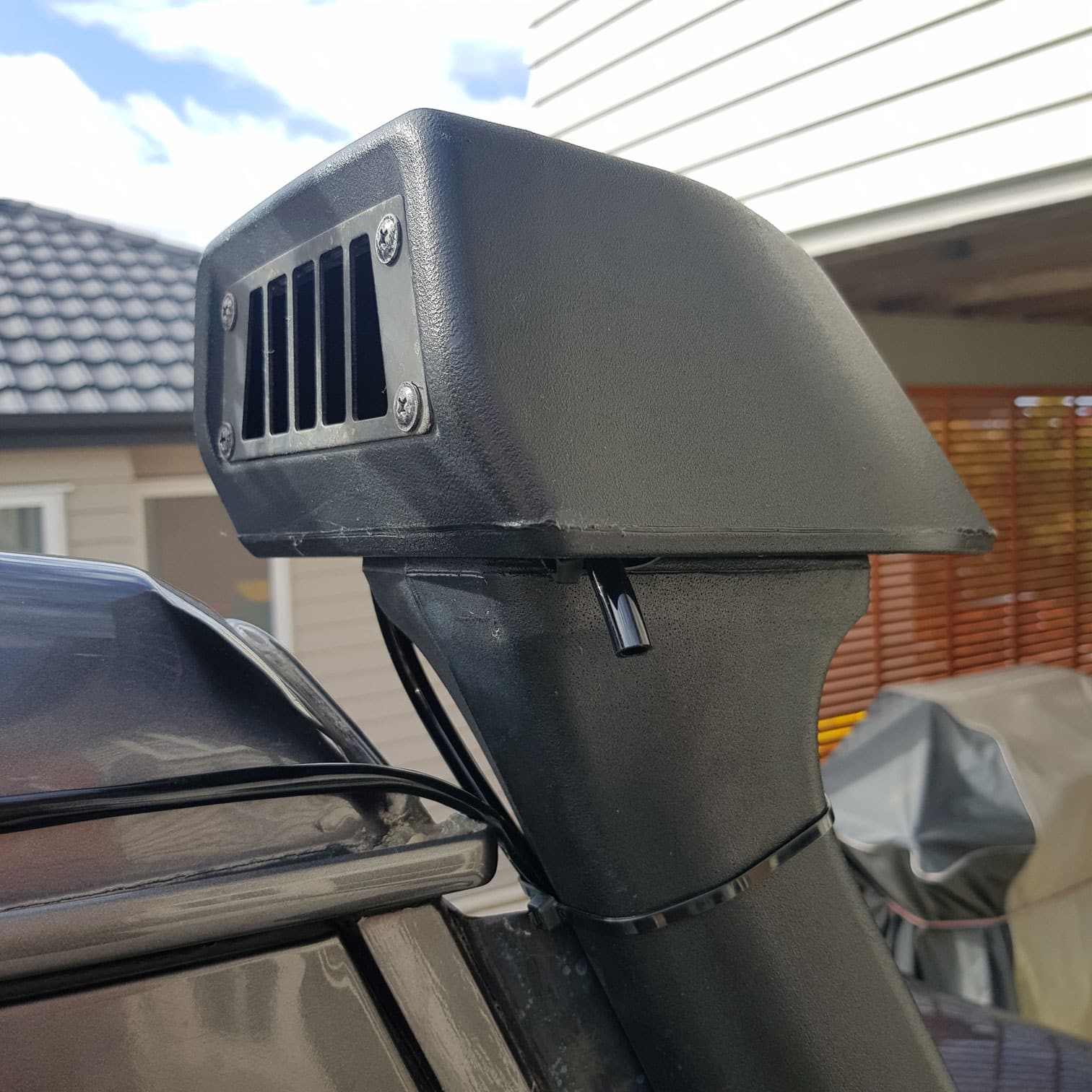
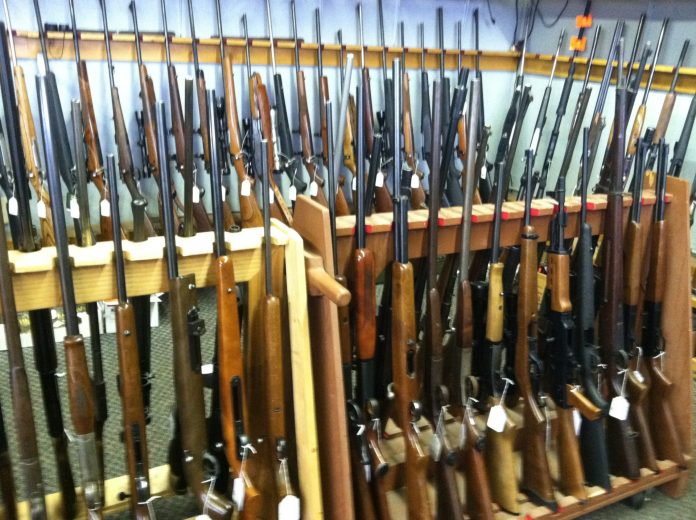
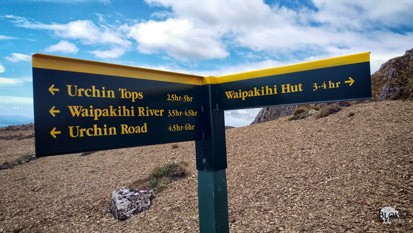

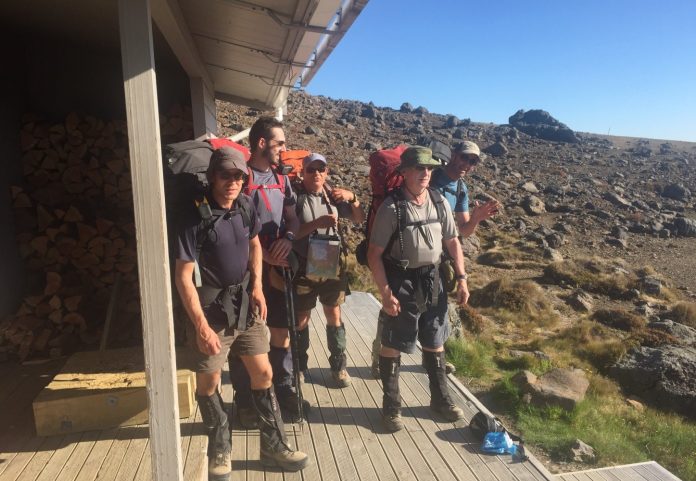
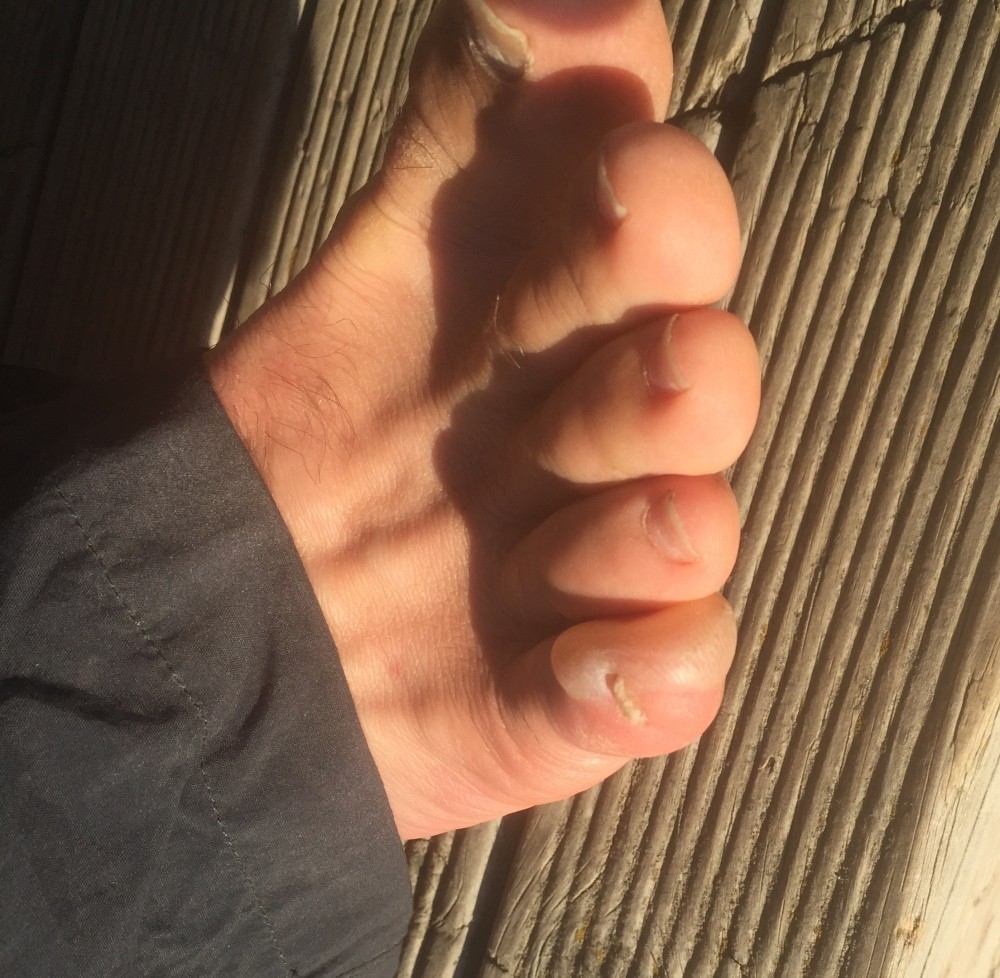
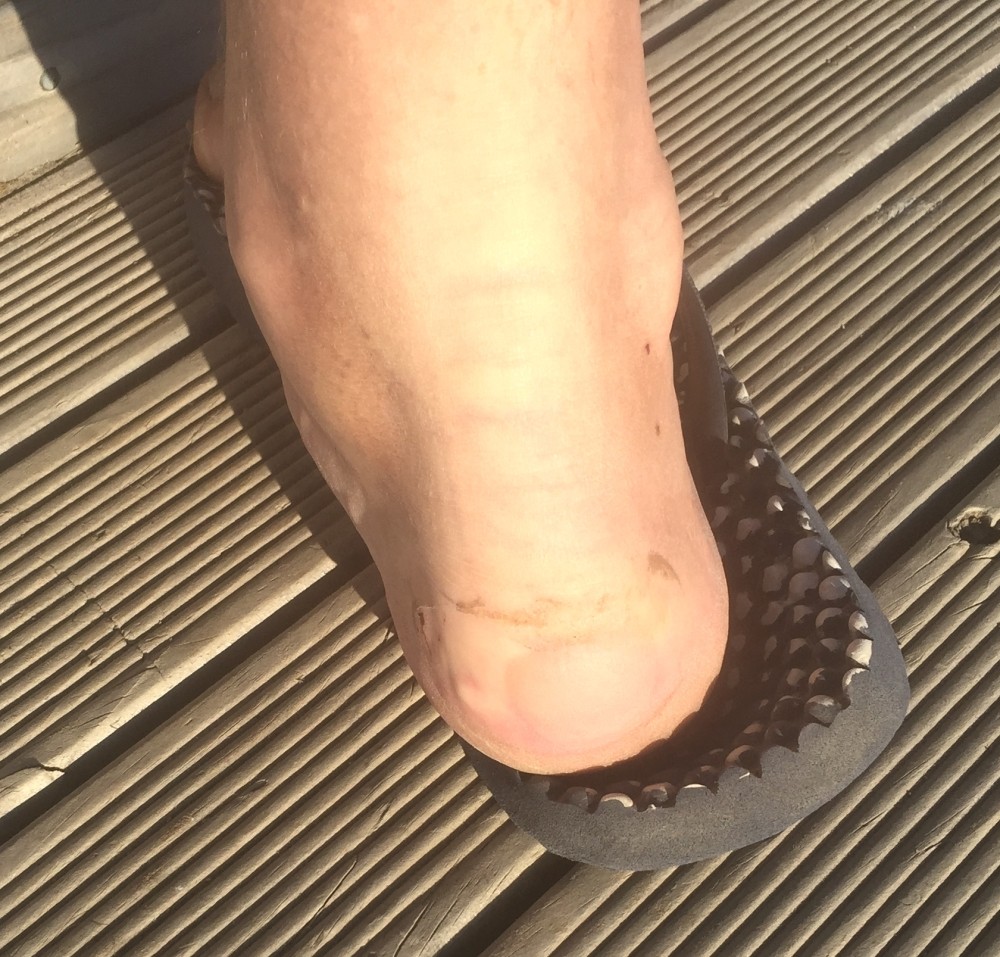
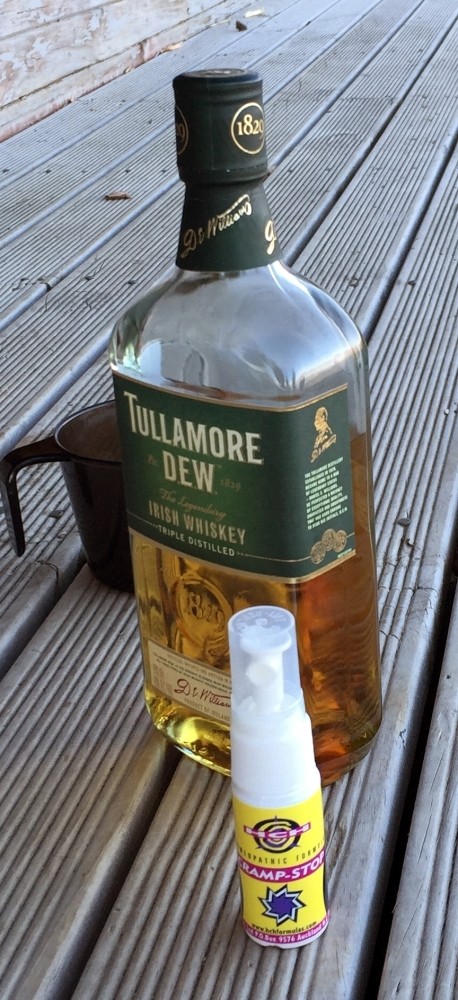 Wayne’s hot-spot had turned into a blister which wasn’t much of a concern. However, the tiny blister from earlier had somehow morphed into this swollen pustule. I swear it was pulsing with barely contained hatred. We’re talking old school 50 cent piece here; nasty!
Wayne’s hot-spot had turned into a blister which wasn’t much of a concern. However, the tiny blister from earlier had somehow morphed into this swollen pustule. I swear it was pulsing with barely contained hatred. We’re talking old school 50 cent piece here; nasty!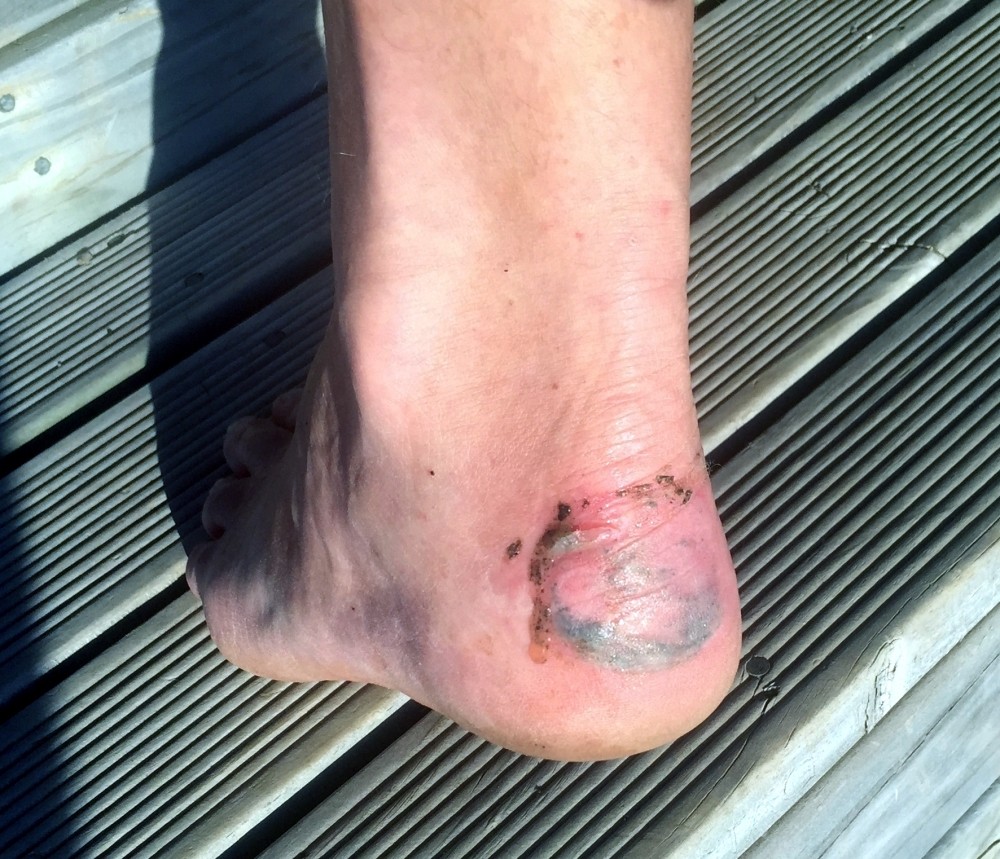
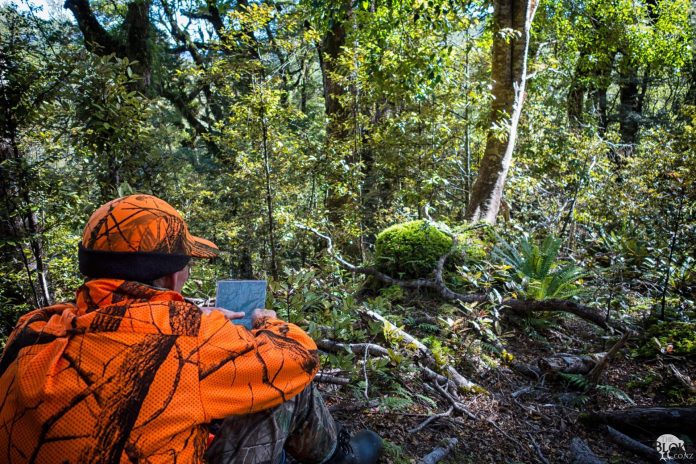



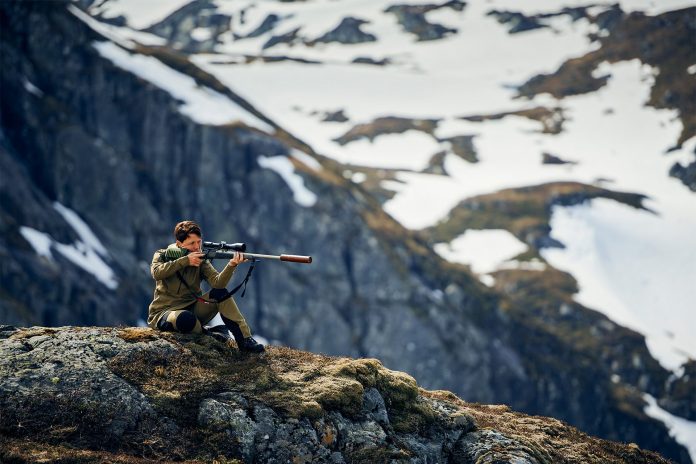
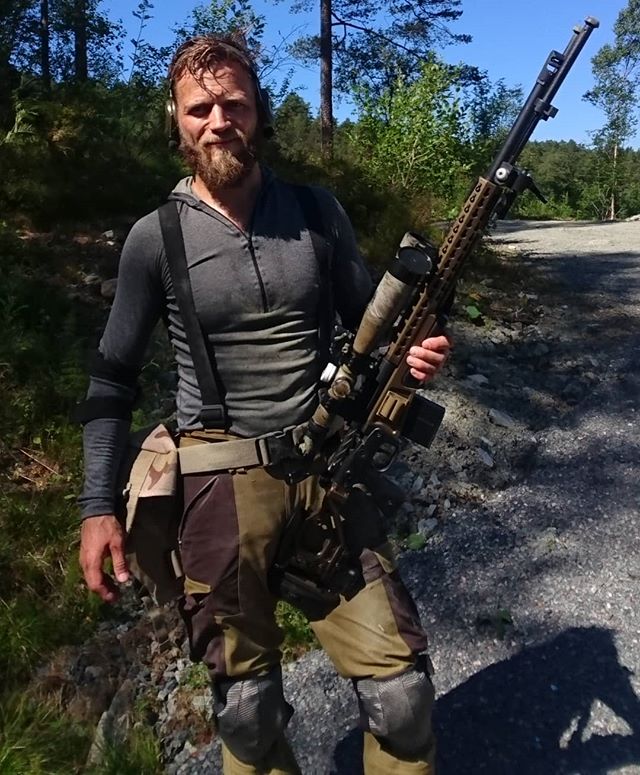
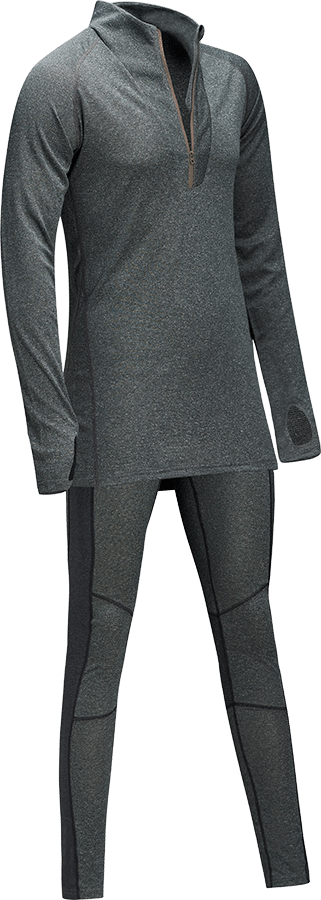 And by that, I mean
And by that, I mean 